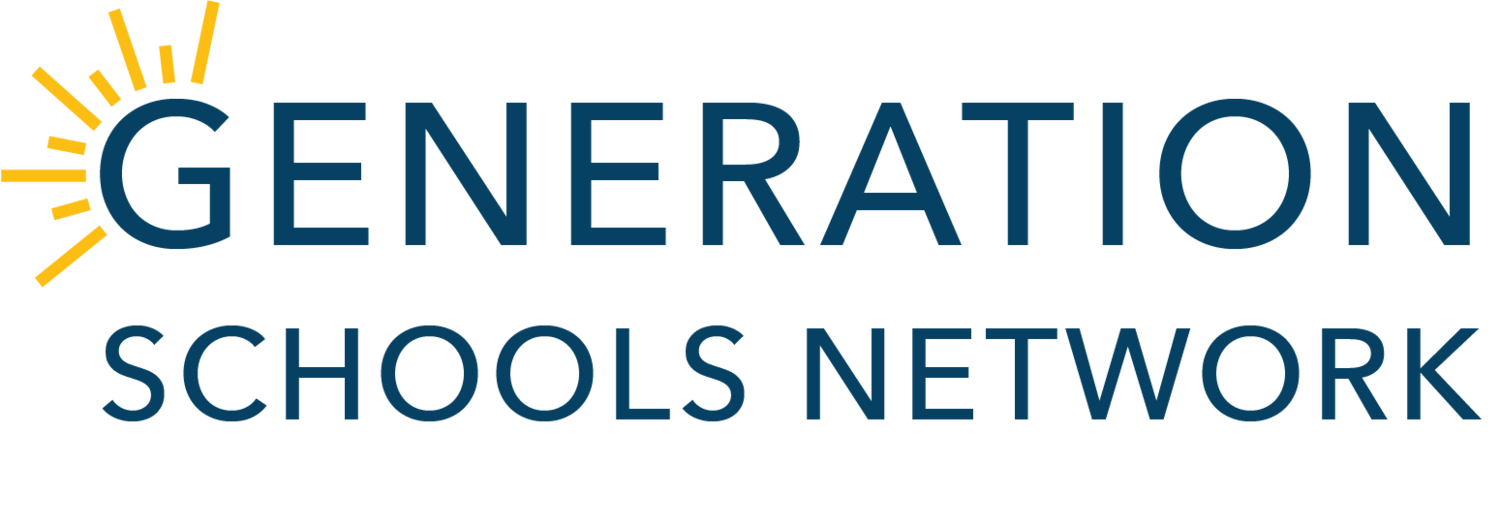OUR MISSION
Generation Schools Network co-creates healthy school ecosystems by partnering with educators, students, families and communities to elevate the education experience.
OUR STORY
GSN Founder, Furman Brown, begins development of GSN Model
Brown was on the first Teach for America team in South Central Los Angeles. The challenges experienced during that assignment led him to spend more than a decade developing and testing educational reform strategies in a variety of settings. As a result, the Generation Schools model was born.
Watch the revolutionary programming in action here.
Generation Schools Network (GSN) Launched
The fundamental structural shifts embodied in the Generation Schools model created room for more classroom learning time, enhanced personalized student support, and a dramatically higher level of pertinent college and career guidance.
Brooklyn Generation School (BGS) Launched
Brown and co-founder Jonathan Spear launched Brooklyn Community High School for Excellence & Equity (formerly Brooklyn Generation School) in collaboration with the NYC Department of Education and the United Federation of Teachers as part of the South Shore Educational Complex turnaround.
The first three graduating classes (2011, 2012, 2013) increased the graduation rate, doubled the percentage of students receiving a NY State Regents diploma and 90% were accepted into college.
Expansion to Colorado
Brown returned to his native Colorado at the same time Wendy Loloff Cooper did, both with the intent of starting a school that simultaneously met the needs of students, teachers and the community. Together, they built a Colorado-based team and West Generation Academy (WGA) launched the following year. WGA was part of the Denver Public Schools turnaround effort at the West High School campus.
After just one year, significant academic growth was noted on the Transitional Colorado Assessment Program and multiple other measures.
Transition to Service Offerings & Launching the CREC
Throughout GSN’s history, staff not only worked on school model development and implementation, but also came alongside schools to help them rethink the use of time, talent, and resources to better meet student needs. GSN made a strategic shift from starting schools to coming alongside schools and districts in the areas of Leadership & School Improvement, Health & Wellness, College & Career Readiness, and Redesign & Innovation using the principles of the model to help schools and districts solve pressing challenges.
In 2015, GSN, with the help of Battelle for Kids, also brought together key stakeholders in rural education (districts, BOCES, higher education, economic development, etc.) to form the Colorado Rural Education Collaborative (CREC) to meet pressing needs of rural schools and districts who were often left out of conversations and were less likely to receive resources. Today, the CREC has dozens of member districts and more than 30M has been raised to solve rural challenges.
Mergers
GSN merged with two other national education nonprofits – Empowering Education and Alternative Roadmap. As a result, GSN was able to greatly expand its programs and services to support thousands of students and teachers in 200+ schools across 30+ states with social, emotional and mental health, and reaching disengaged learners. Empowering Education, which is now a program of GSN, is a leading Social and Emotional Learning (SEL) platform with teacher-led, evidence-based and trauma-informed professional development. Alternative Roadmap, which is also now a program of GSN, helps engage disconnected students with age relatable role models to teach SEL skills in fun, interactive ways to improve self-efficacy, well-being and career preparedness.
Where Are We Now?
GSN co-creates and implements programs with K-12 schools and districts nation-wide who seek evidence-based, innovative strategies to improve their district or school ecosystem’s ability to meet the needs of the whole student. GSN continues innovating our services and serve our district and school partners amid the pandemic.
KEY ISSUES
Demonstrating the need for educational equity.
Graduation Completion Gap
1 in 6 students attend a school district with high dropout rates.
1 in 3 minority students (32%) attend a school district with high dropout rates, compared to 8% of white students.
Poverty Gap in Math & Reading
Though the achievement gap in U.S. schools has received much attention over the past fifteen years, there has been little progress in closing national gaps that persist across racial, ethnic, and socio-economic lines.
In 2017, National Assessment of Academic Progress (NAEP) data indicates no meaningful change in a 30%reading achievement gap between 4th grade students eligible for subsidized meals and those not eligible. The same is true for 8th grade mathematics, where a consistent gap of 30% also remains. These gaps have persisted from 2003 to 2017, over 8 administrations of the NAEP.
Opportunity Gap
Over the last 40 years, lower income families have increased spending on structured learning opportunities and enrichment to $480 per year, whereas upper income parents have increased their spending to nearly $5,300 per year.
That’s more than 10 times the opportunity being given to low-income students.
Workforce Preparedness & College Attainment Gap
By 2025, 60% of jobs in America will require some form of post-secondary education. Our collective economic future depends on our ability to meet this demand.
Despite improvements in attainment rates, America still ranks 10th in the world in the share of young adults who have finished college. Equity gaps are a major reason for this result. America’s white young adults have attainment levels that would rank fourth internationally. However, black and Latino attainment would rank 28th and 35th internationally, respectively.









